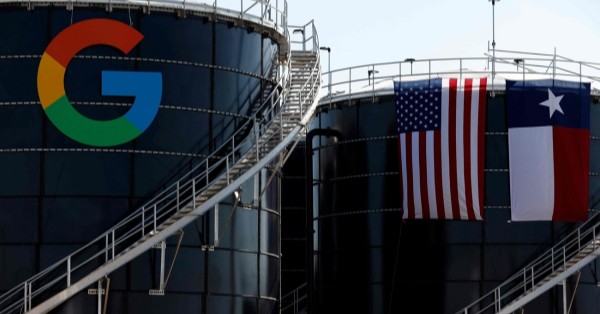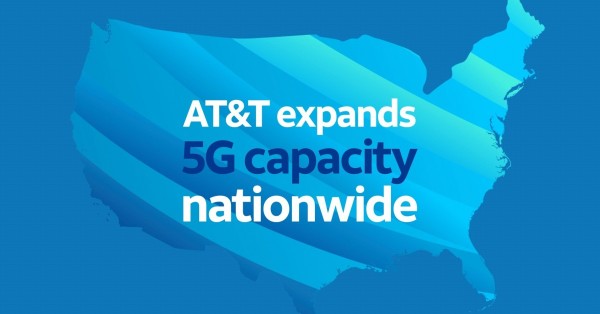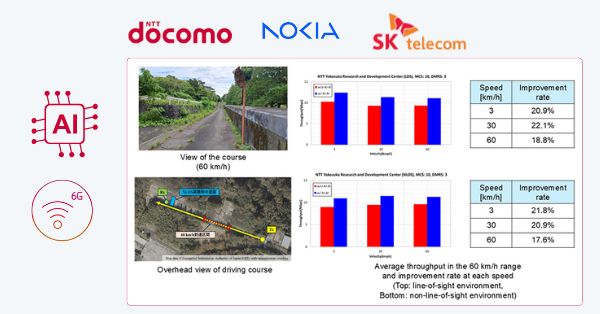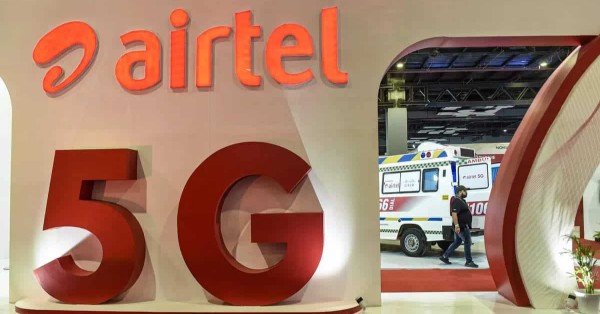Google’s $40B Texas AI Data Centers: Power, Proximity, and Growth
Alphabet’s Google will spend $40 billion to build three AI-focused data centers in Texas, signaling that power access and grid proximity now define hyperscale strategy more than any single technology feature.
Sites, Schedule, and Jobs
The build spans one campus in Armstrong County in the Texas Panhandle and two in Haskell County near Abilene, with investments running through 2027.
Google expects the program to create thousands of construction and supplier jobs and hundreds of long-term operations roles, consistent with typical hyperscale staffing patterns.
The plan also includes workforce development, with training for existing electrical workers and more than 1,700 apprentices in Texas by 2030 to support high-voltage, data center, and controls disciplines.
Why Texas Leads for AI Infrastructure
Texas offers relatively low-cost power, faster interconnection timelines, abundant land, and pro-investment policies, making it second only to Virginia in U.S. data center count.
One of the Haskell County facilities will be paired with a new solar-plus-battery project to cut net grid impact and provide some resilience during peak events.
AI Capacity as Competitive Moat
Hyperscalers and AI leaders are racing to secure electricity, GPUs, and network footprint as the defining inputs for model training and low-latency inference.
Hyperscaler AI Build-Out
Microsoft, Amazon, Meta, and OpenAI are each committing billions to AI-ready campuses, while Anthropic has outlined a separate multibillion-dollar program spanning Texas and New York starting next year.
The shift diversifies critical AI infrastructure away from the West Coast and into power-rich regions with faster site activation paths.
Power, Cooling, and Networks Drive AI Performance
Training windows and inference performance are constrained by power availability, thermal management, and high-bandwidth interconnects more than by software alone.
Inside the fence, the next wave will lean on 400G/800G optical fabrics, increasingly liquid-cooled racks, and tighter DCI designs to bind campuses into coherent GPU clusters with predictable SLAs.
Texas Grid Risks and Community Impacts
Texas is an energy bellwether for AI, and the grid-level consequences will set precedents for siting, pricing, and public acceptance nationwide.
ERCOT Demand Growth and Curtailment Risk
Federal energy forecasts suggest AI data centers could significantly accelerate U.S. electricity demand growth through 2030, with Texas emerging as the primary proving ground.
ERCOT, the state’s grid operator, can curtail large loads during scarcity, a real operational risk for compute campuses without adequate on-site or contracted flexibility.
Community pushback elsewhere has focused on water use, transmission upgrades, and rate impacts, underscoring the need for transparent cost allocation and conservation plans.
Mitigation: On-Site Energy, PPAs, Flexible Loads
On-site solar and battery storage can blunt peaks and stabilize operations, while long-term PPAs secure cleaner baseload and price certainty.
Flexible load orchestration—shifting non-urgent training jobs, shaping workloads to respond to grid signals, and leveraging multi-region failover—will reduce curtailment risk.
Advanced cooling and heat reuse, together with siting near strong transmission nodes, will be critical to keeping PUE and water intensity in check.
Network Impact: Backhaul, DCI, Edge, and 5G
Three new AI campuses in West Texas will alter traffic flows and procurement patterns across metro, long-haul, and edge domains.
Backhaul and Data Center Interconnect (DCI)
Operators should expect demand for diverse, low-latency routes linking Armstrong and Haskell counties to Dallas–Fort Worth, Houston, and other national backbones.
400G and 800G wavelength services, OpenZR+/ZR pluggables, and managed spectrum on regional fiber will be table stakes for tying GPU clusters to other regions.
Carriers that pre-position duct, spectrum, and permits on rural laterals into these counties will be well placed to win early DCI and backhaul contracts.
Edge Sites for Low-Latency AI
Texas will act as a central AI hub, but inference for retail, manufacturing, and public safety will still split between core regions and telco edge sites.
There is a near-term opening for MEC nodes in Dallas–Fort Worth and Abilene corridors, integrated with private 5G, SD-WAN, and low-latency transport to Google Cloud regions.
Actions Now for Operators, Buyers, and Regulators
The 2025–2027 build window creates actionable opportunities—and risks—for network planners, buyers, and regulators.
To-Do for Carriers and Fiber Providers
Map diverse routes into Armstrong and Haskell counties and secure rights-of-way ahead of hyperscaler RFPs.
Pre-aggregate 400G/800G waves and offer turnkey DCI packages with latency and availability SLAs tied to ERCOT scarcity events.
Develop playbooks for rapid cross-connect, dark fiber IRUs, and field ops coverage to meet compressed commissioning timelines.
Guidance for Enterprises and Public Sector
Reassess AI workload placement policies with Texas regions as cost-effective training hubs and consider multi-region inference for resilience.
Model egress costs, inter-region latency, and curtailment scenarios; include energy performance and demand-response clauses in cloud contracts.
Align sustainability reporting with grid mix improvements from PPAs and on-site storage, and audit water-use assumptions for compliance.
Policy and Utility Priorities
Advance interconnection reforms, targeted transmission upgrades, and demand-response frameworks that protect ratepayers while enabling growth.
Clarify cost allocation for grid enhancements, expand workforce programs for high-voltage trades, and set water stewardship baselines for large compute sites.
Metrics to Track Through 2027
A few indicators will reveal whether the Texas build meets schedule, budget, and community expectations.
Power, Permits, and Interconnection
Track ERCOT interconnection queue progress, site energization dates, and reserve margins during peak seasons.
Watch approvals for the paired solar-plus-storage project and associated transmission interties in Haskell County.
Network Readiness and Route Diversity
Monitor 800G wave availability on Dallas–Abilene–Amarillo corridors, new route diversity announcements, and growth in regional peering capacity.
Talent Pipeline and Apprenticeships
Follow apprenticeship enrollments, electrician certification throughput, and time-to-energize metrics as leading indicators of delivery risk.
Bottom line: Google’s Texas bet confirms that AI leadership hinges on power, proximity, and packets—and the operators that align these three fastest will capture the most value.









































